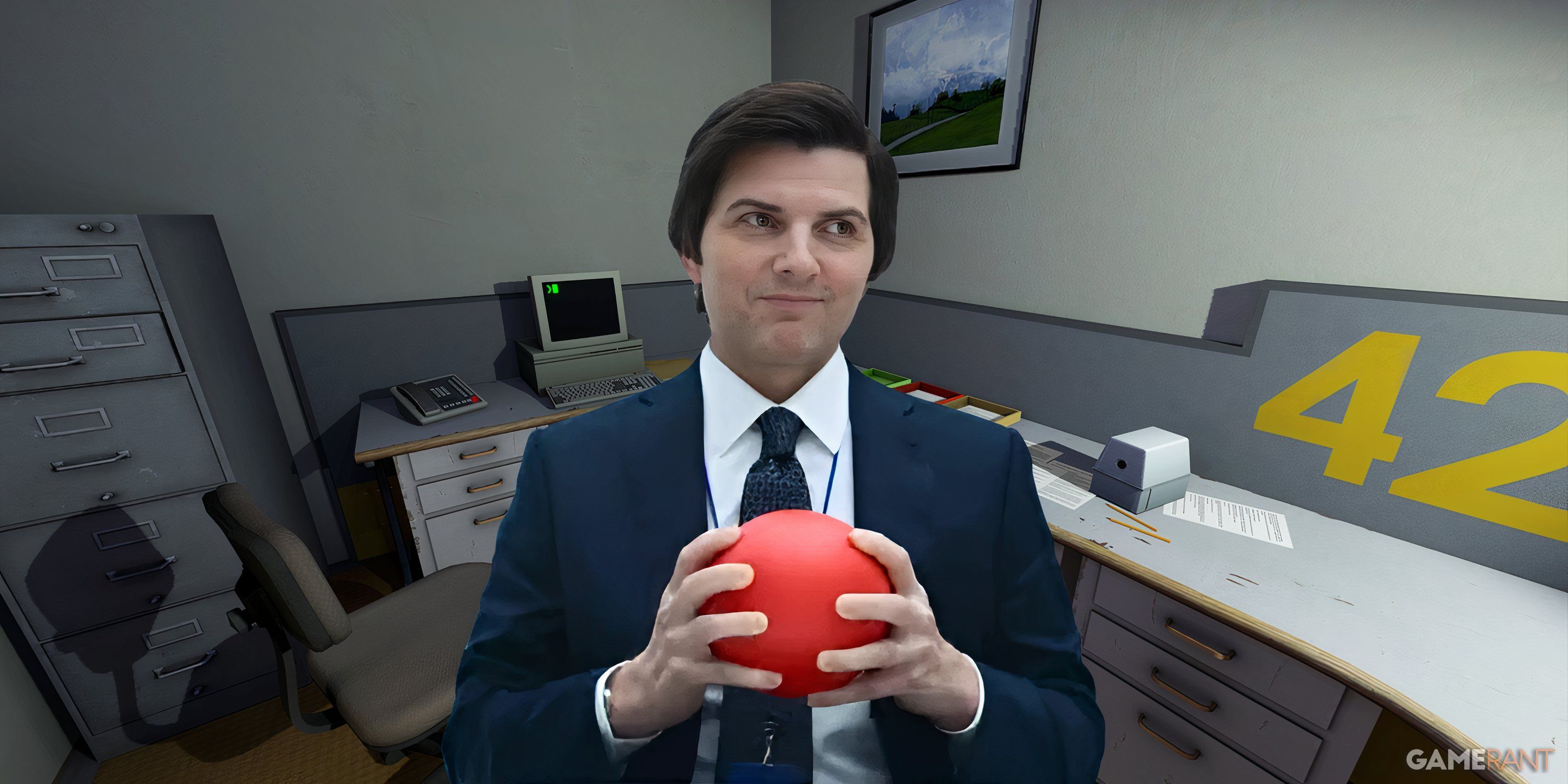
Summary
- Severance and The Stanley Parable share a theme of control and absurdity within corporate settings.
- Both works depict characters navigating eerie office environments with limited autonomy.
- Severance draws inspiration from various sources such as “Being John Malkovich” and “Cat’s Cradle” for its dark, satirical tone.
The Apple TV+ series, titled “Severance,” crafted by Dan Erickson, offers a chilling portrayal of the cold, corporate realm. This show unveils a dystopian office setting where workers undergo an operation to isolate their work experiences from their private lives. This arrangement sets the stage for a gripping psychological drama that delves into concepts like autonomy, power, and the unsettling repetition of office routines. Remarkably, “Severance” mirrors certain motifs and eerie atmosphere with a specific video game – “The Stanley Parable.
The Stanley Parable, an award-winning independent video game created by Galactic Cafe, stands out for its unique perspective on workplace culture and the deception of choice. This game narrates the story of Stanley, a typical office worker who unexpectedly finds himself as the lone employee in his workplace, being led only by the voice of an all-knowing narrator. Players are granted the liberty to either comply with or defy the narrator’s directions, resulting in a myriad of unusual and thought-provoking conclusions. Shows like Severance and The Stanley Parable delve into topics such as control, self-identity, and the absurdity of corporate existence, making it intriguing to compare their respective worlds and how closely they mirror the game’s satirical portrayal.
What Is The Stanley Parable?
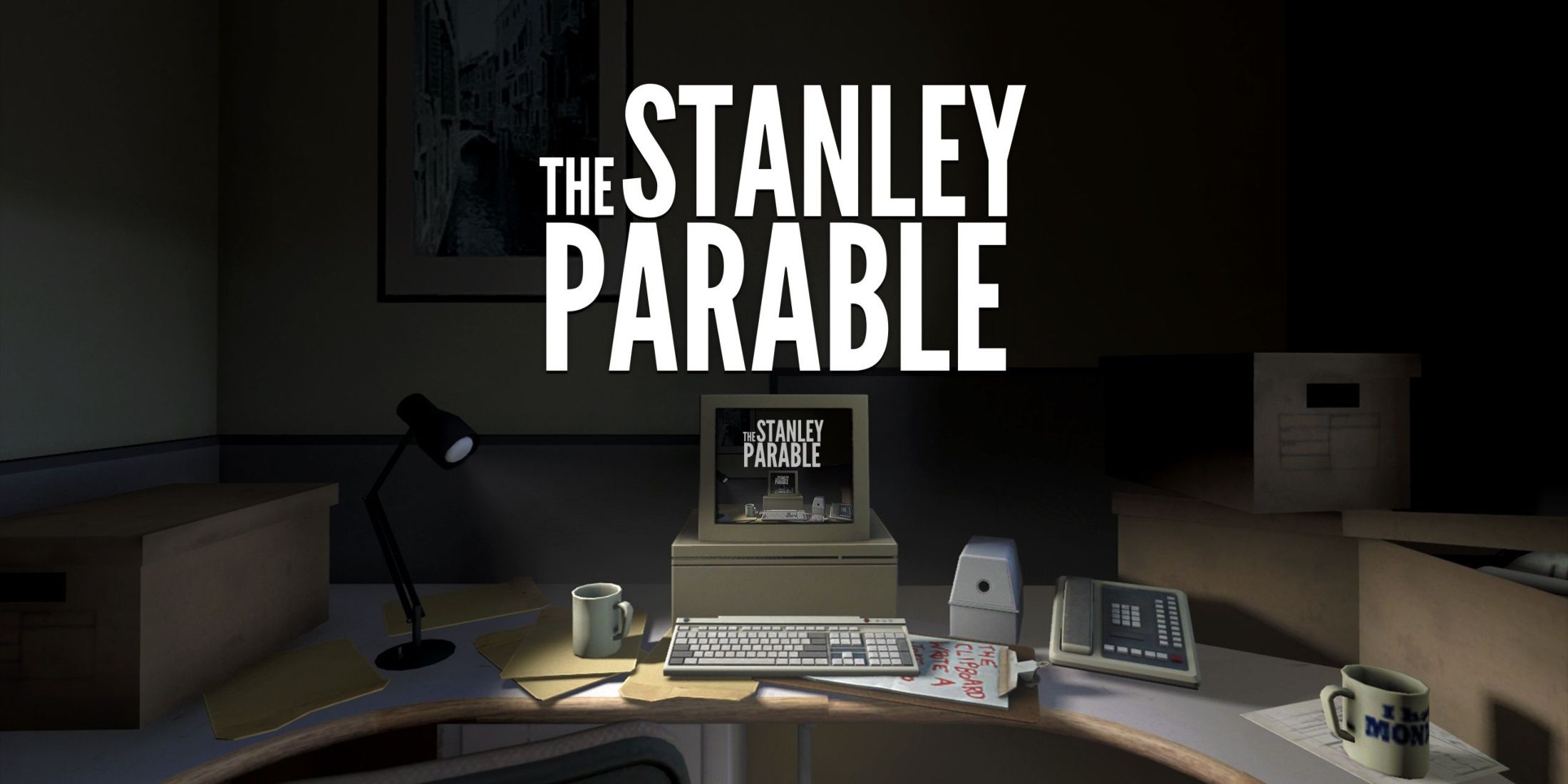
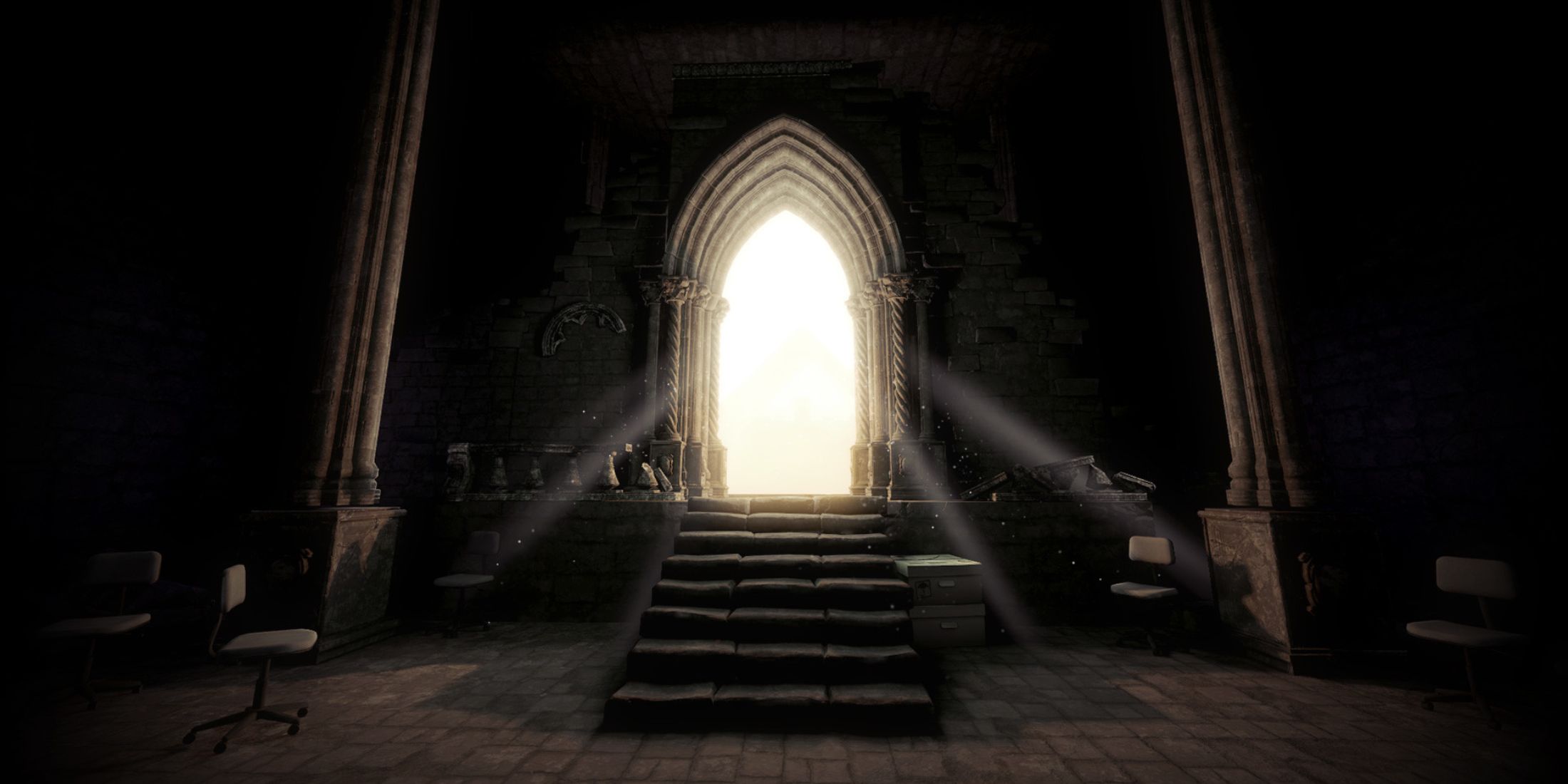

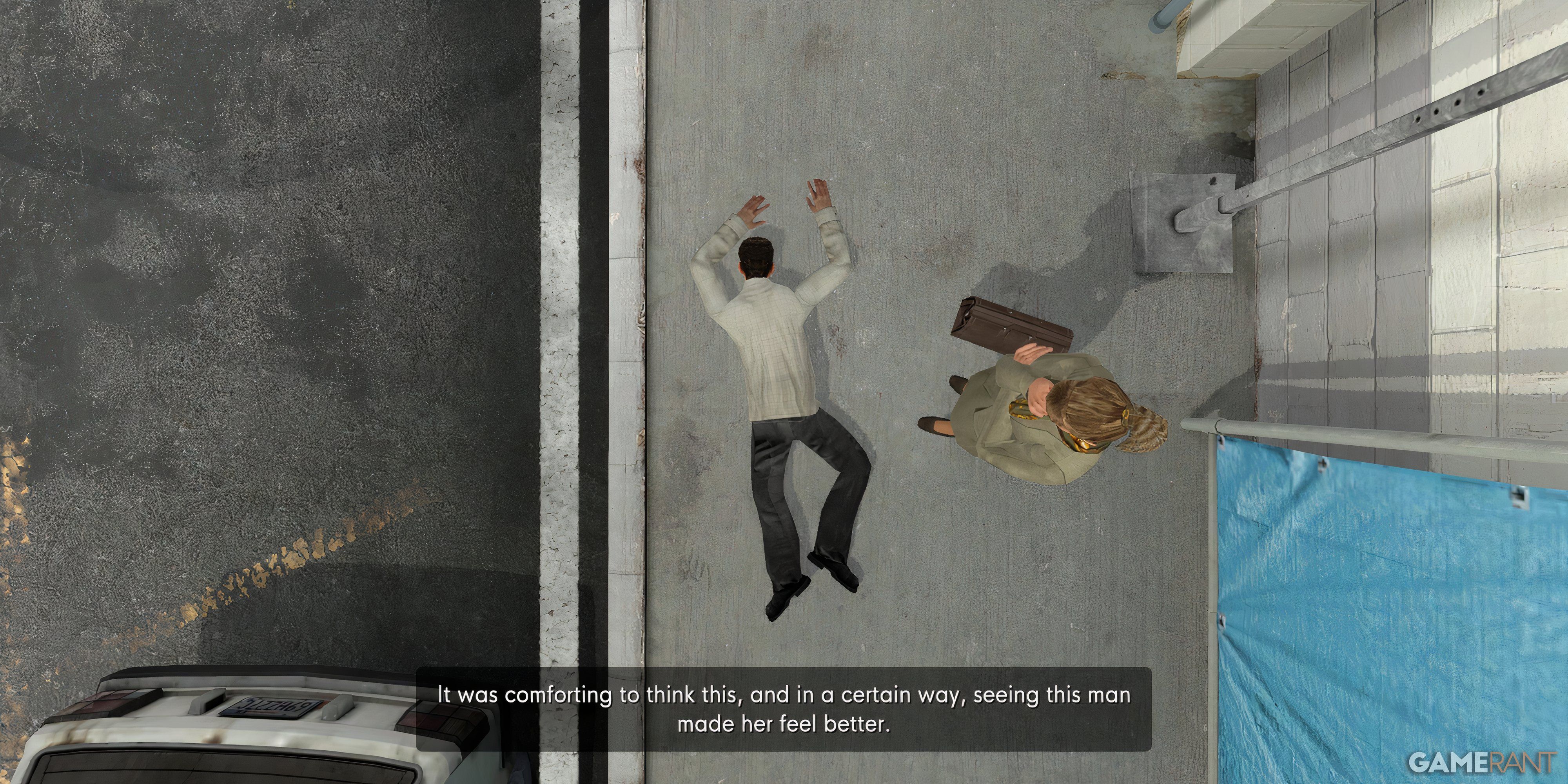

The Stanley Parable is a video game featuring a first-person narrative, initially released as a mod for Half-Life 2 in 2011 and subsequently launched as a standalone release in 2013. The story centers around Stanley, an office employee identified as Employee #427, who routinely follows orders by clicking buttons as directed on his computer screen. However, one day the commands cease, leaving Stanley puzzled, as he finds himself isolated in the office with no clue about the whereabouts of his coworkers.
The game deviates from traditional storytelling methods as a British narrator (performed by Kevan Brighting) guides Stanley through an empty office, instructing him on his path. However, the standout aspect of The Stanley Parable lies in the semblance of choice—or so it seems. Gamers are given the option to adhere to the narrator’s commands or defy them, resulting in a diverse array of conclusions ranging from terrifying existentialism to humorous absurdity.
In this game, players are free to either adhere to the narrator’s guidance or defy it, resulting in diverse conclusions that span from chilling existential dread to hilarious absurdity.
If Stanley sticks strictly to the guide provided by the storyteller, he finds out his life is already mapped out, with the game restarting at its beginning every time. However, if he defies the guide, he might encounter peculiar scenarios like a brainwashing facility, get stuck in a pattern of illogical game mechanics, or even interact directly with the game’s design elements. Each choice triggers unique feedback from the storyteller, making it challenging to distinguish between freedom and a pre-written narrative.
Fundamentally, “The Stanley Parable” delves into a critique of video game creation, business organizations, and our inherent human need for self-rule. Throughout the game, it repeatedly tests players’ assumptions, leading them to ponder if they truly have control or are merely adhering to a predefined route.
Parallels Between Severance and The Stanley Parable
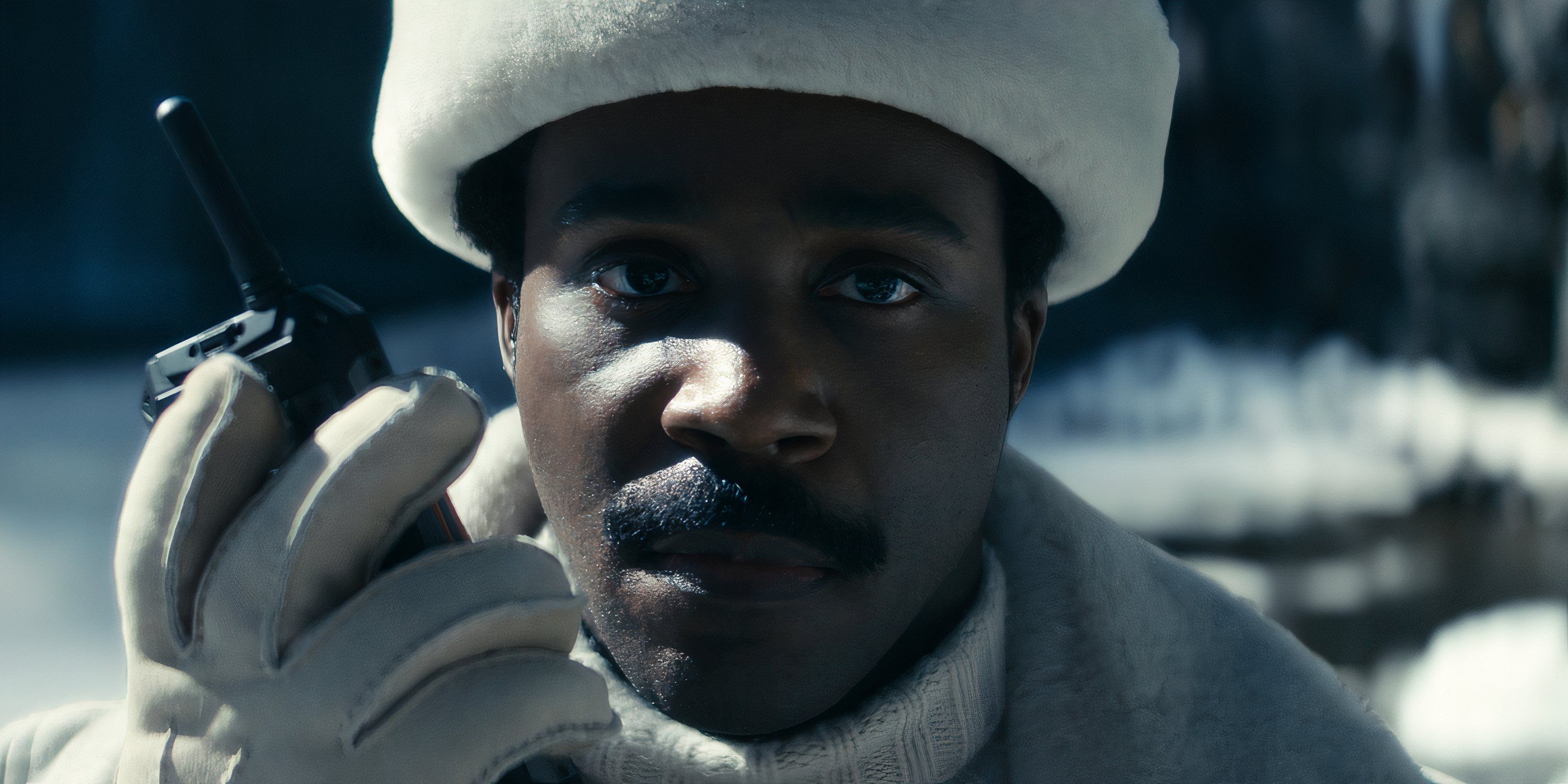
Initially, it seems that the productions of “Severance” and “The Stanley Parable” share a chilling similarity: they both portray a haunting ambiance using mundane, sanitized office settings where employees blindly adhere to commands. Both stories convey the unsettling sensation of being ensnared in the drudgery of corporate life, with workers feeling imprisoned by their jobs’ constraints. In “Severance“, Lumon Corporation’s workplace is a meticulously organized environment where every action is controlled by enigmatic superiors. Paralleling this, in “The Stanley Parable“, the protagonist, Stanley, navigates an empty office space while being steered by a narrator whose voice dictates his surroundings.
A significant commonality between the characters is their feeling of solitude. In the novel “Severance“, the main character Mark Scout leads two distinct lives – one at work and one personal, each oblivious to the other’s existence. This parallel can be drawn with Stanley, who finds himself isolated in an empty office, communicating solely with a disembodied narrator. Both characters are trapped in cycles of monotony and hidden manipulation, emphasizing the dehumanizing influence of corporate settings on individuals.
Other Severance Inspirations
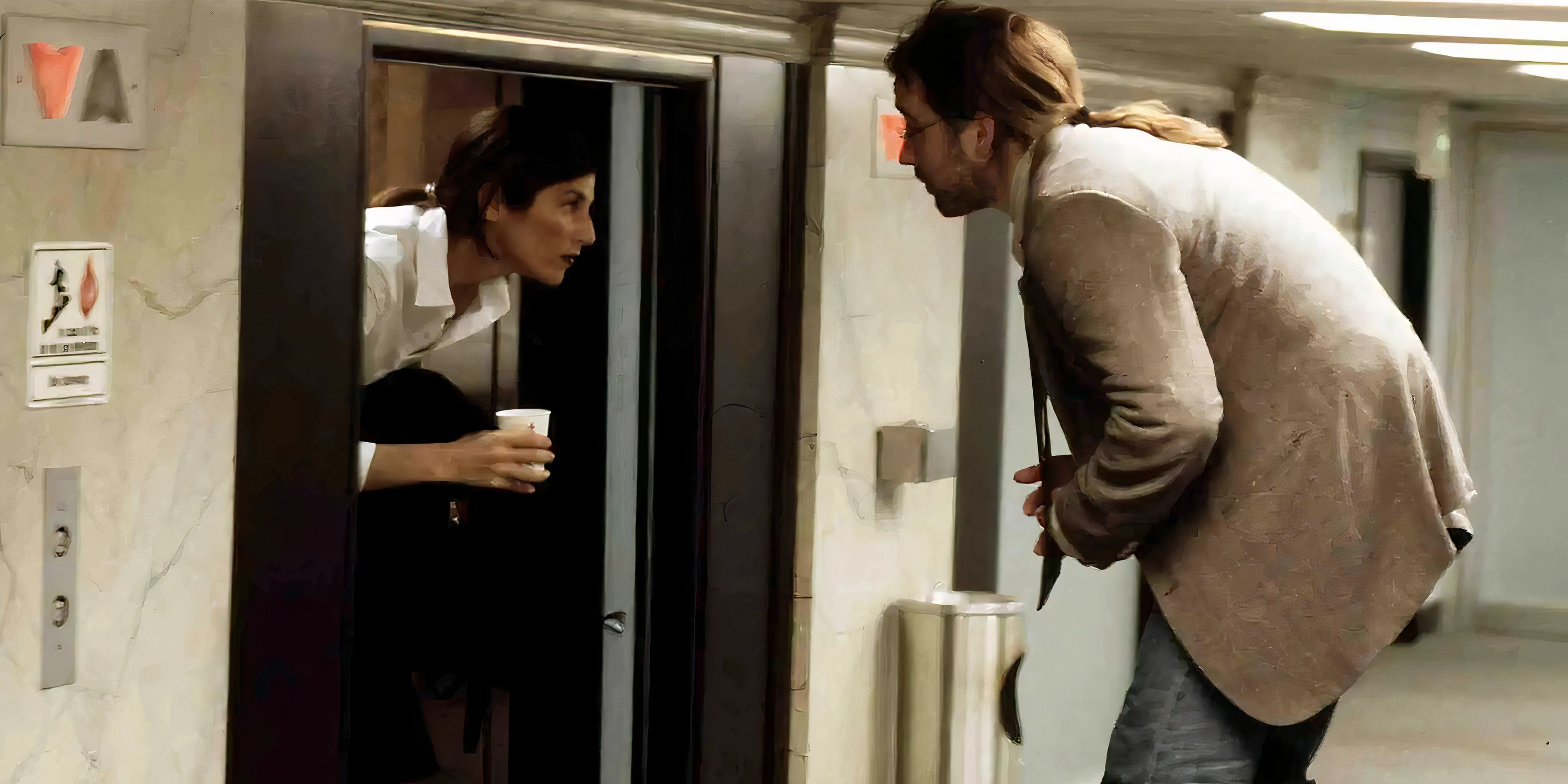
In a conversation with the New York Times, Erickson shared the various influences that shaped the creation of ‘Severance’, and it won’t come as a shock that there wasn’t just one source of inspiration for shaping the series as we know it. The movie ‘Being John Malkovich’ was instrumental in this regard, particularly its portrayal of distorted and twisted familiar environments, which significantly influenced the disconcerting work environment depicted in ‘Severance’. Additionally, the ‘Black Mirror’ episode titled “White Christmas” also played a significant role, with its theme of characters stuck in an endless, nightmarish cycle mirroring the show’s portrayal of employees being confined within Lumon.
In simpler terms, Kurt Vonnegut’s novel Cat’s Cradle, which explores themes like bureaucratic absurdity and the commercialization of everything, served as a source of inspiration for the company’s cult-like atmosphere in the TV show. Furthermore, Erickson has acknowledged that an old training video from the restaurant chain Sizzler was one of his key inspirations. The video was so absurd and aggressive in promoting its corporate ideology that it left a lasting impression on him, which he later managed to incorporate into the overall feel of Severance.
Read More
- Top 8 UFC 5 Perks Every Fighter Should Use
- Unlock the Magic: New Arcane Blind Box Collection from POP MART and Riot Games!
- Unaware Atelier Master: New Trailer Reveals April 2025 Fantasy Adventure!
- Unlock the Best Ending in Lost Records: Bloom & Rage by Calming Autumn’s Breakdown!
- How to Reach 80,000M in Dead Rails
- Unlock Roslit Bay’s Bestiary: Fisch Fishing Guide
- Unleash Hell: Top10 Most Demanding Bosses in The First Berserker: Khazan
- REPO: How To Fix Client Timeout
- How to Unlock the Mines in Cookie Run: Kingdom
- Reverse: 1999 – Don’t Miss These Rare Character Banners and Future Upcoming Updates!
2025-02-12 19:34